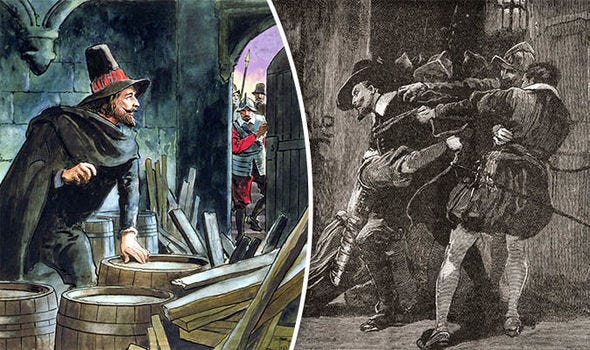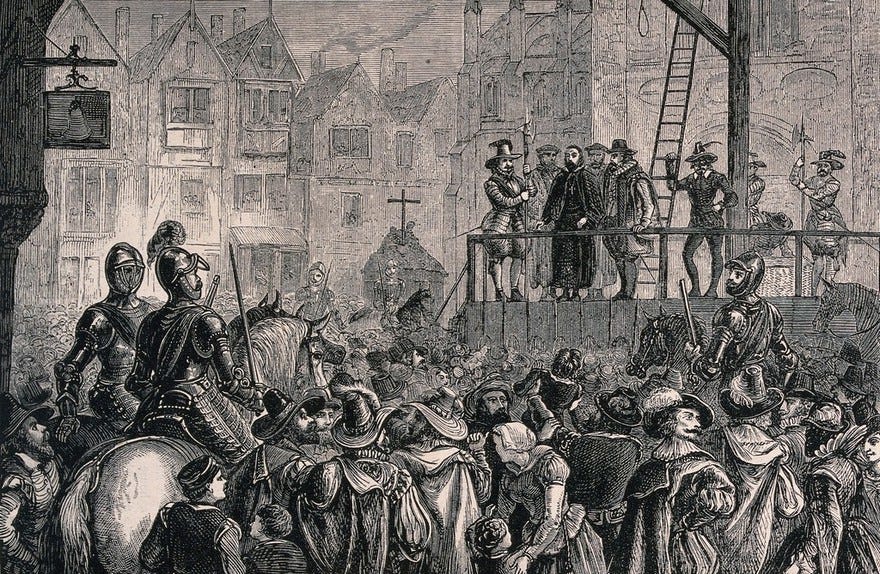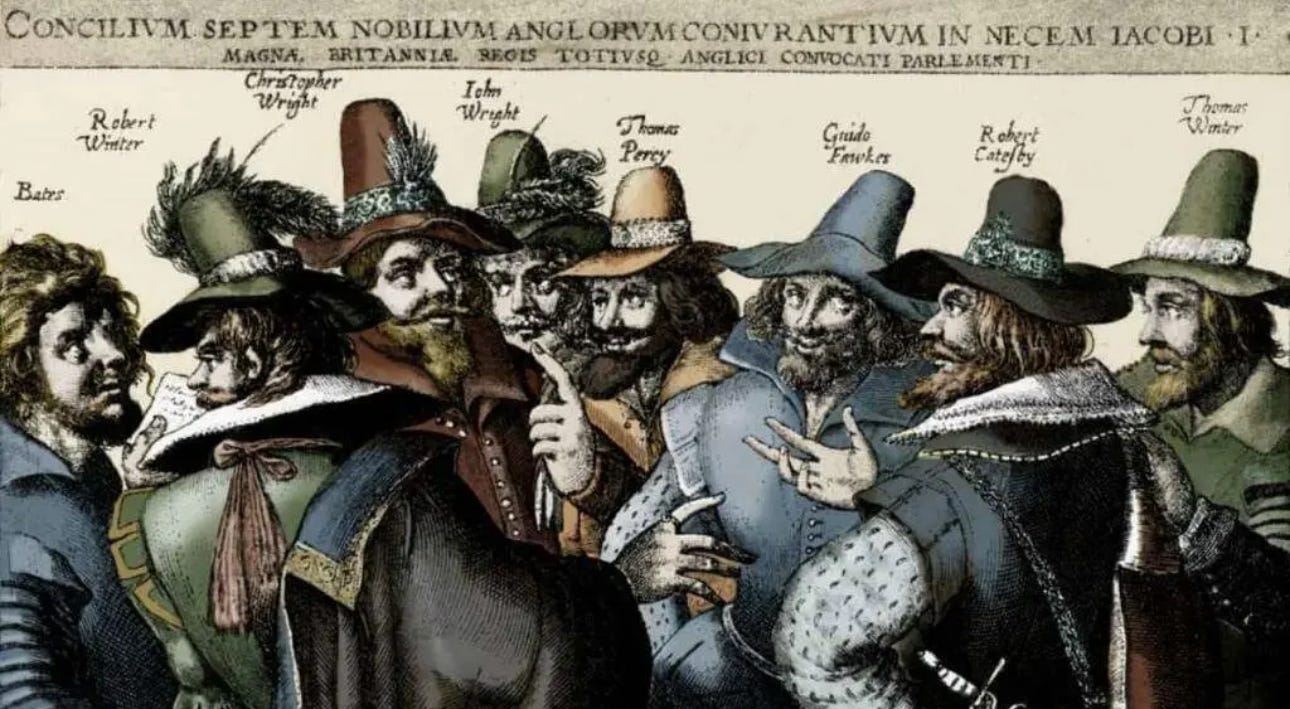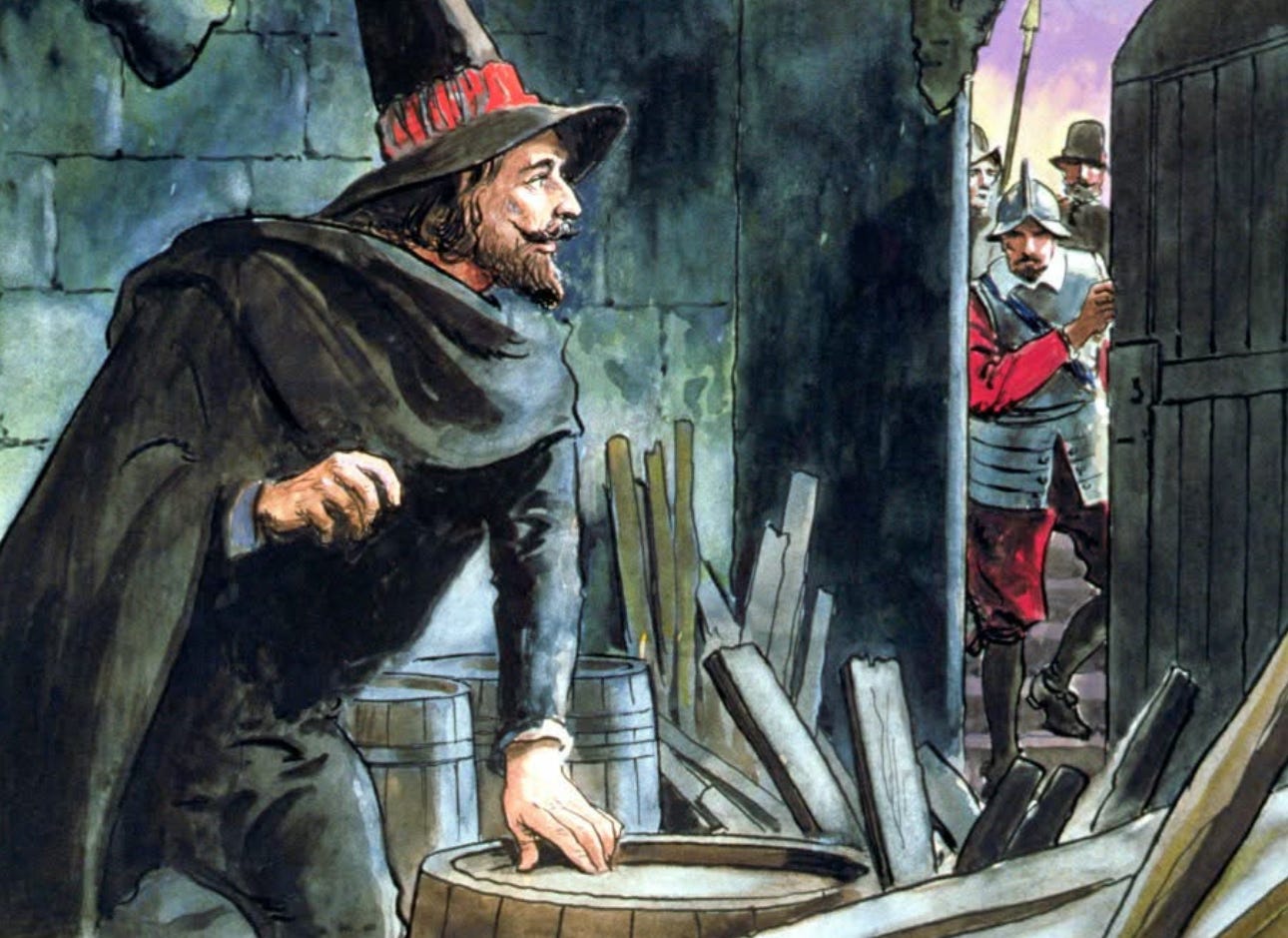Guy Fawkes and the Gunpowder Plot of 1605
7 Fascinating Facts About the Conspiracy that Still Shapes Britain Today
Every November 5th, millions of Britons light bonfires, set off fireworks, and burn effigies of a man who died over 400 years ago. But how much do you know about the Gunpowder Plot of 1605? Here’s what really happened on that November night in 1605, and why Britain is still talking about it four centuries later.
1. Guy Fawkes Wasn’t the Mastermind
Despite his name being synonymous with the plot, Guy Fawkes was essentially the explosives expert and fall guy. The real mastermind was Robert Catesby, a charismatic Catholic gentleman who had lost his fortune after participating in the failed Essex Rebellion. Fawkes was recruited specifically because he had military experience with gunpowder from fighting in the Spanish Netherlands, and because he’d been abroad so long that nobody in London would recognize him.
2. The Plot Was Born from Betrayal
English Catholics had high hopes when James I became king in 1603. His mother was Catholic, his wife was Catholic, and he’d hinted at religious tolerance. But by early 1604, James crushed these hopes completely, ordering all Catholic priests to leave England and telling Parliament he “detested” the Catholic faith. This betrayal, after decades of persecution under Elizabeth I, pushed thirteen men toward their radical solution.
3. The Scale Was Staggering
The conspirators didn’t do things by halves. They smuggled 36 barrels of gunpowder…about 1.5 tons…into a cellar directly beneath the House of Lords. Modern experiments have shown this was double what they needed; the explosion would have completely obliterated Westminster, killing everyone within 100 meters instantly. The target? Not just King James, but the entire government: all members of Parliament, the House of Lords, senior judges, bishops, and even 9-year-old Prince Henry would have been in the chamber above.
4. One Anonymous Letter Changed Everything
The plot unraveled thanks to a mysterious warning letter delivered to Lord Monteagle on October 26, 1605. The letter warned him to avoid Parliament, saying “they shall receive a terrible blow this parliament and yet they shall not see who hurts them.” The author’s identity remains unknown to this day. Monteagle immediately showed it to authorities, and King James himself figured out it meant gunpowder. Just after midnight on November 5th, Guy Fawkes was caught red handed in the cellar, dressed for a quick escape with matches and fuses in his pockets.
5. The Aftermath Was Brutal
The surviving conspirators faced the full horror of 17th-century justice. After torture in the Tower of London (you can see Fawkes’s signature deteriorate from clear writing to barely legible scrawls), eight men were sentenced to be hanged, drawn, and quartered. This meant being dragged through the streets, hanged until nearly dead, then disemboweled while still alive before being beheaded and cut into quarters. Guy Fawkes actually escaped the worst of it. Weakened by the torture, he jumped or fell from the scaffold, breaking his neck and dying instantly.
6. It Created Britain’s Strangest Holiday
Parliament immediately made November 5th a mandatory day of thanksgiving, requiring special church services where ministers had to read aloud about the “inhuman, barbarous and cruel” plot. This law stayed in force for 253 years! What started as anti-Catholic propaganda evolved into “Bonfire Night,” a peculiarly British celebration where they burn effigies, set off fireworks, and children traditionally asked for “a penny for the Guy.” The famous rhyme ensures nobody forgets: “Remember, remember the fifth of November, Gunpowder, treason and plot...”
7. The Long Term Impact on British Catholics
The Gunpowder Plot had devastating consequences for Catholics in England for the next two centuries. Parliament immediately passed even harsher anti-Catholic laws, banning Catholics from practicing law, serving in the army, or voting. They couldn’t live within ten miles of London without special permission. These “Penal Laws” intensified an already brutal persecution…Catholic priests faced execution just for being in England, and Catholics were fined enormous sums for not attending Anglican services. It wasn’t until Catholic Emancipation in 1829, over 200 years later, that most of these restrictions were finally lifted.
The Historical Legacy
The Gunpowder Plot fundamentally shaped British political and religious history. It reinforced Protestant control of Britain for centuries and created a deep cultural suspicion of Catholicism that lasted well into the modern era. The failed conspiracy also strengthened Parliament’s investigative powers and established precedents for dealing with treason that influenced British law for generations.
Even today, before each State Opening of Parliament, the Yeomen of the Guard still perform a ceremonial search of the cellars. Its a 400 year old tradition born from that night when Guy Fawkes waited in the darkness with 36 barrels of gunpowder. It’s a reminder that some events echo through history far longer than you or I could have imagined.










